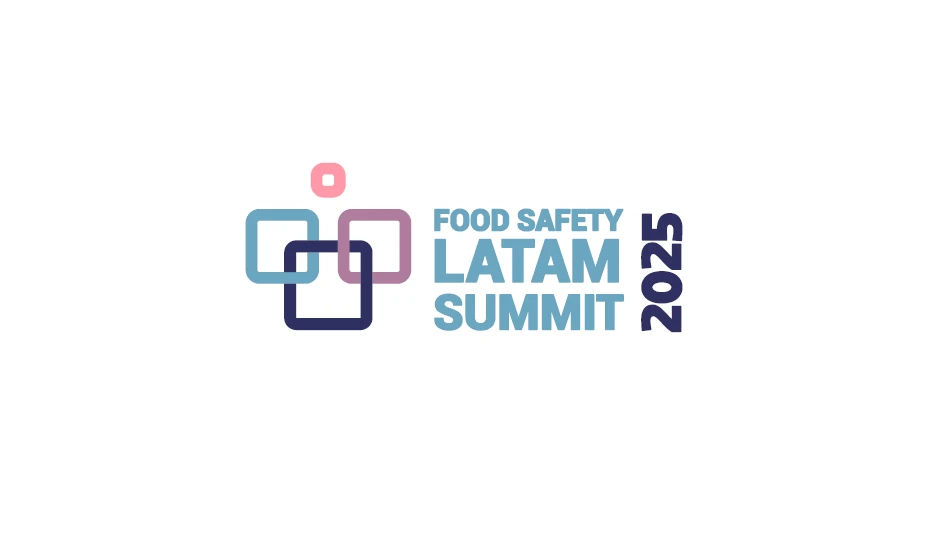
© Rido | Adobe Stock
As we transition into 2020 anticipating FDA’s “Blueprint for a New Era of Smarter Food Safety,” some trends we expect to see in food safety include:
- Focus on food safety culture. Independent of regulations and certifications, a company’s food safety culture is the best indicator of its potential risks to public health. Companies focused on food safety culture spend time and resources training their staffs, communicating food safety standards and managing performance, setting metrics, and incentivizing good behavior. In such companies, employees understand the consequences of poor hygiene and cross contamination and feel empowered to stop the line and address nonconformances that can impact product safety. The only way to drastically reduce foodborne illness is to strengthen food safety culture and change human behavior.
- Improved traceability, especially with agricultural commodities. We expect that FDA’s blueprint will support harmonization of traceability requirements, deployment of affordable traceability tools, and communication solutions that will facilitate end-to-end traceability throughout the food system. This will support foodborne-outbreak response and innovative communication approaches.
- Increased use of the Internet of Things (IoT), big data, artificial intelligence (AI), and data analytics. This increased use of data will require that the industry engage academics to support training of the next generation of food safety experts. AI’s many applications will continue to include use in consumer feedback monitoring for identifying early signs of consumer illness and initiating early investigation and resolution.
- Use of robotics and automation to minimize human handling and, thus, the potential of contamination leading to foodborne illness. Robotics are already being employed in manufacturing, agriculture, and foodservice. In agriculture, robotics are being employed to target and spray weeds, hoe, determine ripeness, and harvest crops. In the foodservice sector, companies like Bear Robotics are “reshaping the restaurant with robotics and AI,” and some delivery services are being replaced by robots.
- Use of time and temperature indicators on foods will warn consumers when products have been exposed to dangerous temperature zones compromising food safety. This could have a significant impact on consumer health given the changing dining trends, with more and more people opting for home delivery services or ordering home meal kits.
- Consumer preferences for clean label, natural, organic, locally grown, and sustainable foods (healthy for me and for the world) will continue to shape the food and beverage industry. And with consumers’ heightened level of connectivity, the industry is being forced to operate at a much faster pace (speed to market) and therefore a riskier environment with less tolerance from consumers. Vertical farming and hydroponics will become the new “local.”
- Generation Z will continue to drive more home cooking and desire for global flavors and experiences. Of this generation of young adults aged 18-22, which is expected to comprise 40% of consumers at the end of 2020, 62% cook at home and prefer international cuisines that better represent their cultural and racial diversity, according to a presentation by MK Wagner & Associates President Mary Wagner.

Explore the January February 2020 Issue
Check out more from this issue and find your next story to read.
Latest from Quality Assurance & Food Safety
- FDA Foods Coalition Urges RFK Not to Cut More Resources, Staff
- Bird Flu: What FSQA Professionals Need to Know
- Registration Open for 129th AFDO Annual Educational Conference
- Frank Yiannas, Aquatiq Partner to Expand Global Reach of Food Safety Culture
- World Food Safety Day 2025 Theme: Science in Action
- Ancera Launches Poultry Analytics System
- USDA Terminates Two Longstanding Food Safety Advisory Committees
- Catalyst Food Leaders Announces Virtual Leadership Summit for People in Food





